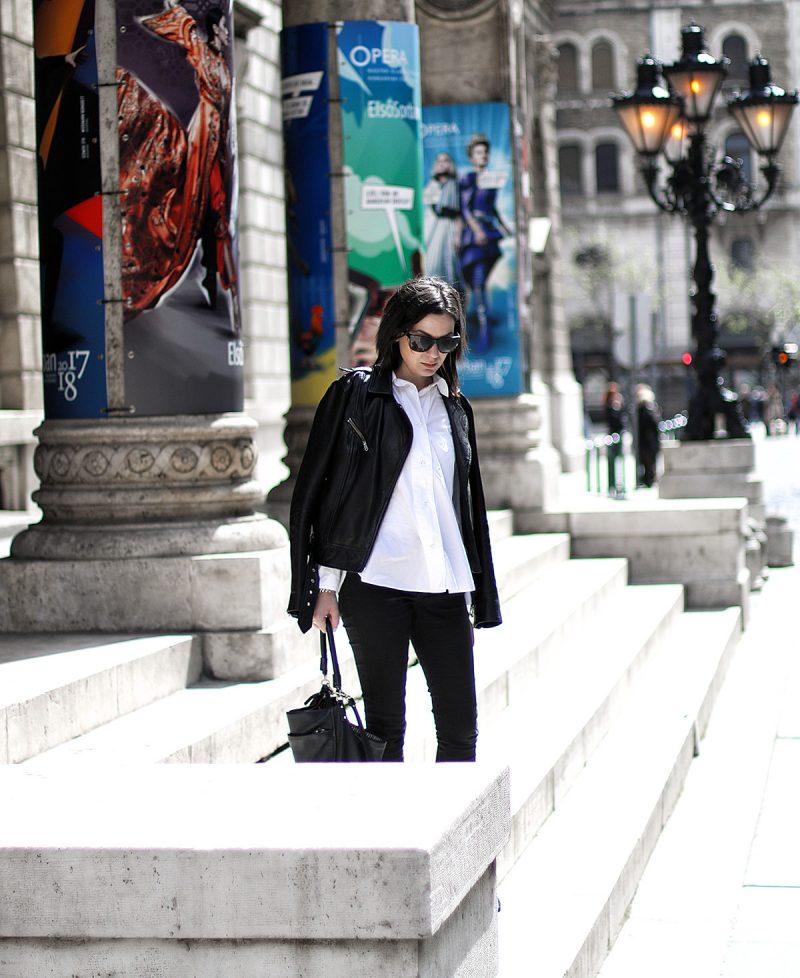
We’re all familiar with the term fast fashion. But more and more lately a new movement has started to gain momentum in fashion circles: Slow fashion. So what exactly does that mean and how can we incorporate it into our lives?
Let’s step back a little and start with what fast fashion is.
Trendy today, trash tomorrow
The fashion industry used to work like this: Designers and fashion influencers developed a vision for what’s in style in a given season (2-4 times per year, usually one year in advance). They introduced that vision at Fashion Weeks. The clothes appeared in stores, and then trickled down through a couple of months to the average customers. Now? Fashion Weeks are still a thing, but styles and trends first seen there are in fast fashion stores 2 weeks later.
In order to keep up with that incredible pace, production is sped up. In order to lure customers, prices are considerably lowered. And how brands can make these two things (fast production and low prices) work? By dropping the quality and by paying a penny to people who make the clothes. All so that we can keep up with the so-called trends and be at ease that we’re fashionable.
You know how fast fast fashion really is?
For example, Zara introduces new designs at stores every 2 weeks.
Every 2 weeks. That means that every time you go in there, there’s something new. A newer trend, a newer design that you are pressured to buy in order to keep up.
It’s a vicious, never-ending, and deeply sustainable practice. Bad for the environment, bad for the workers, and bad for us customers as well. At the end, even though that one T-shirt costs 5 euros, we are all paying a greater price.
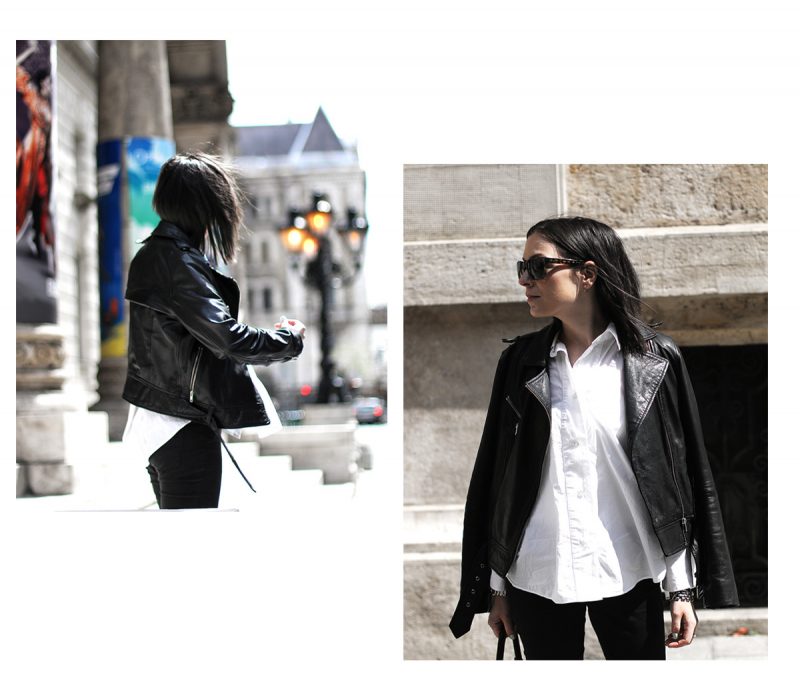
A new movement
Slow fashion is everything fast fashion is not. (Check out this awesome, side by side comparison of the two industries.)
+ It’s about designing, producing, buying and valuing clothes for quality, uniqueness, and longevity.
+ It’s about paying fair wages to workers who make our clothes.
+ It’s about caring about and lowering the environmental effects of production.
+ It’s about standing up against a throw-away culture, overconsumption, and being persuaded to buy stuff we don’t really need.
+ It’s about buying less and making smart choices about where we spend our money.
+ It’s about celebrating individuality, sustainability, and conscious choices.
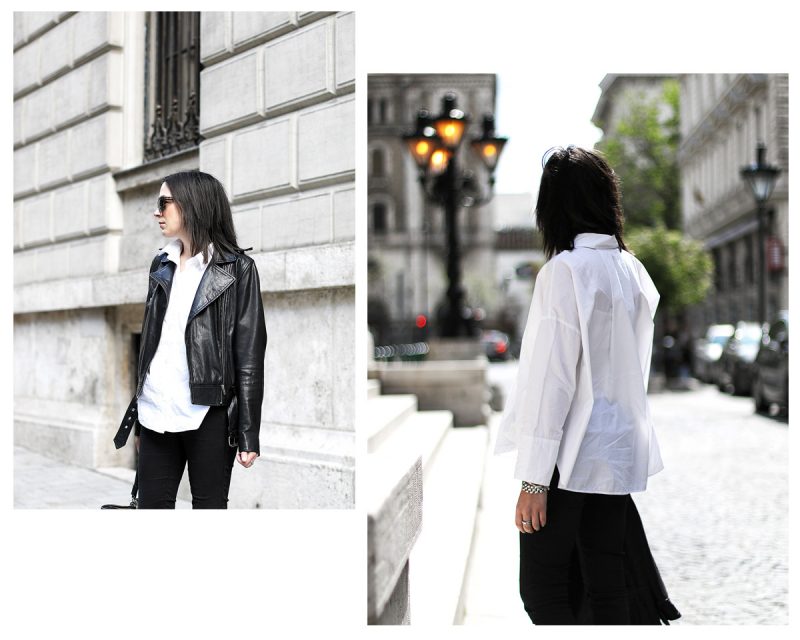
What WE can do
+ Style always triumphs over trends
Sure, follow the latest fashion trends, be aware of what’s going on, but don’t adopt them blindly. Find your own personal style, develop some signature looks, know what looks good on you and what you like. Tweak trends to reflect your own personality. Don’t feel obligated to wear what everyone else is wearing. Standing out is better than blending in.
+ Re-evaluate your shopping habits
Make notes on how often and what you shop. How do you make the decision? What are the purchases you’re happy with and what do you regret? You don’t need to buy something just for a fleeting moment of satisfaction (aka retail therapy). Take a look at these questions and answer them brutally next time you shop. Slow fashion is all about mindful decisions.
+ Think long-term and work on that perfect wardrobe
The more I love my existing wardrobe, the less inclination I have to go out and shop more. Buying strategically and having clothes that you are genuinely excited to wear over and over again is worth every penny.
+ Buy quality
The biggest downfall of most fast fashion pieces from a customer perspective is that the quality is usually sacrificed at the altar of low cost production. Which means that you might buy that top for €5, but more often than not, it has to be replaced after a couple of wears and washes, because it just doesn’t look the same anymore. And spending only €5 every couple of weeks add up to a lot more at the end. Buying quality is an investment. See this list for the best fabrics to buy and the ones to avoid if possible.
+ Shop smartly
I’m not saying I only shop four times a year, but I do try to stick to some kind of a plan each season. I know what I have, I know what I need to replace or what items I’d like to add. I choose them strategically. I choose them to be versatile. I choose good quality, a unique design. Try not to wander around the shops; have a clear vision instead of what you’re actually looking for.
+ Branch out and discover new brands
Find new, exciting, ethical slow fashion brands. Discover your local designers. Buy second-hand. Put a little effort into the research and be proud of discovering something new and unique.
Think about fast fashion and everything that comes with it. It’s unavoidable for us to face what fast fashion is really doing to the world, the fashion industry, the workers, the environment, to us. It’s not a sustainable practice and only we, the customers have the power to say no and change something. Change can start with small steps. But it must start.

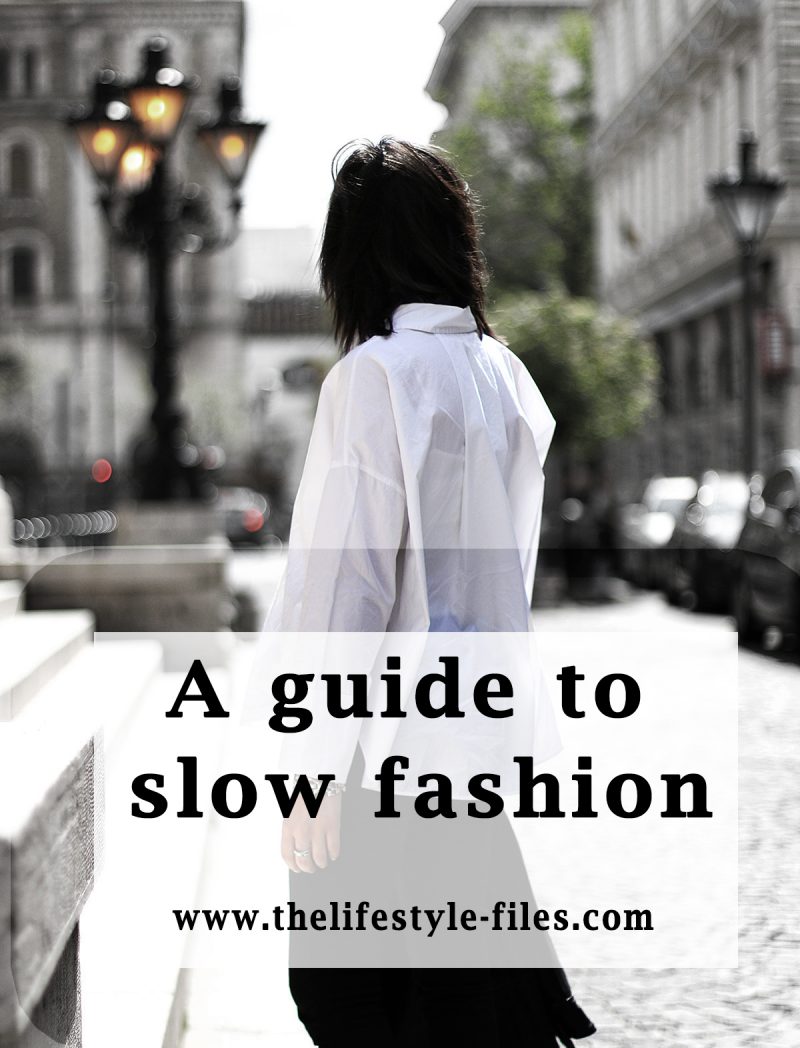
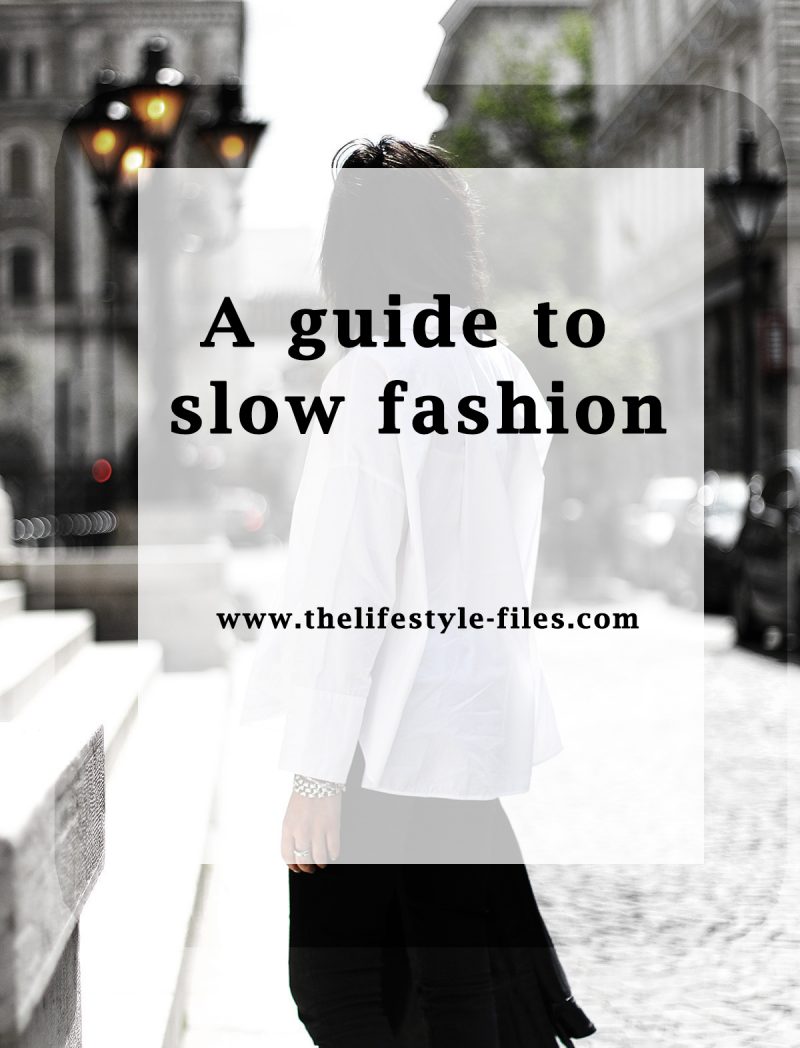
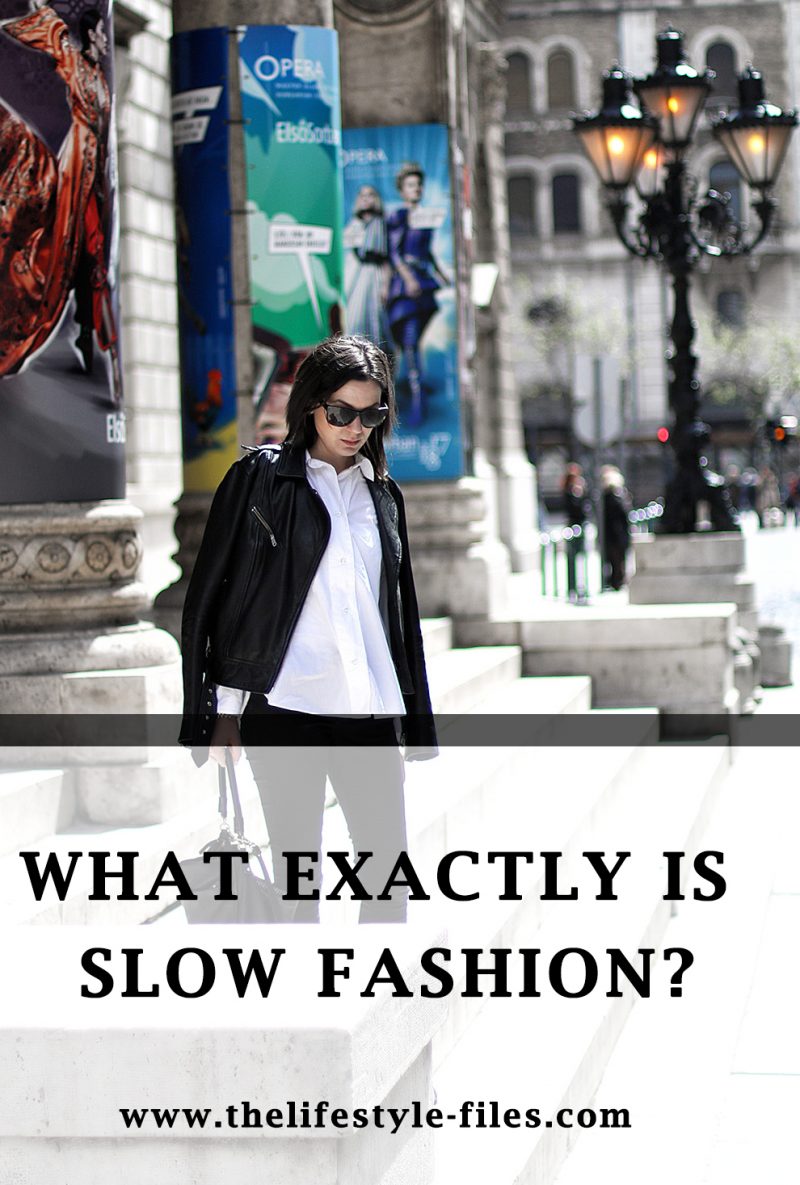
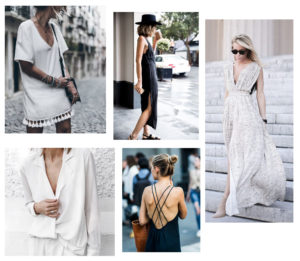
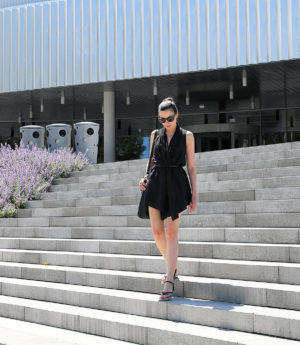
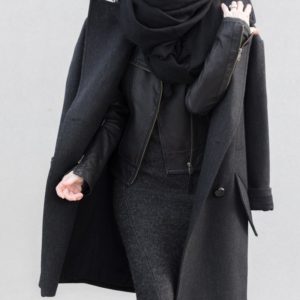
Thank you so much for this, I am so ignorant that I had no idea about this…I would actually LOVE to see a list from you on Hungarian designers/stores as alternatives!